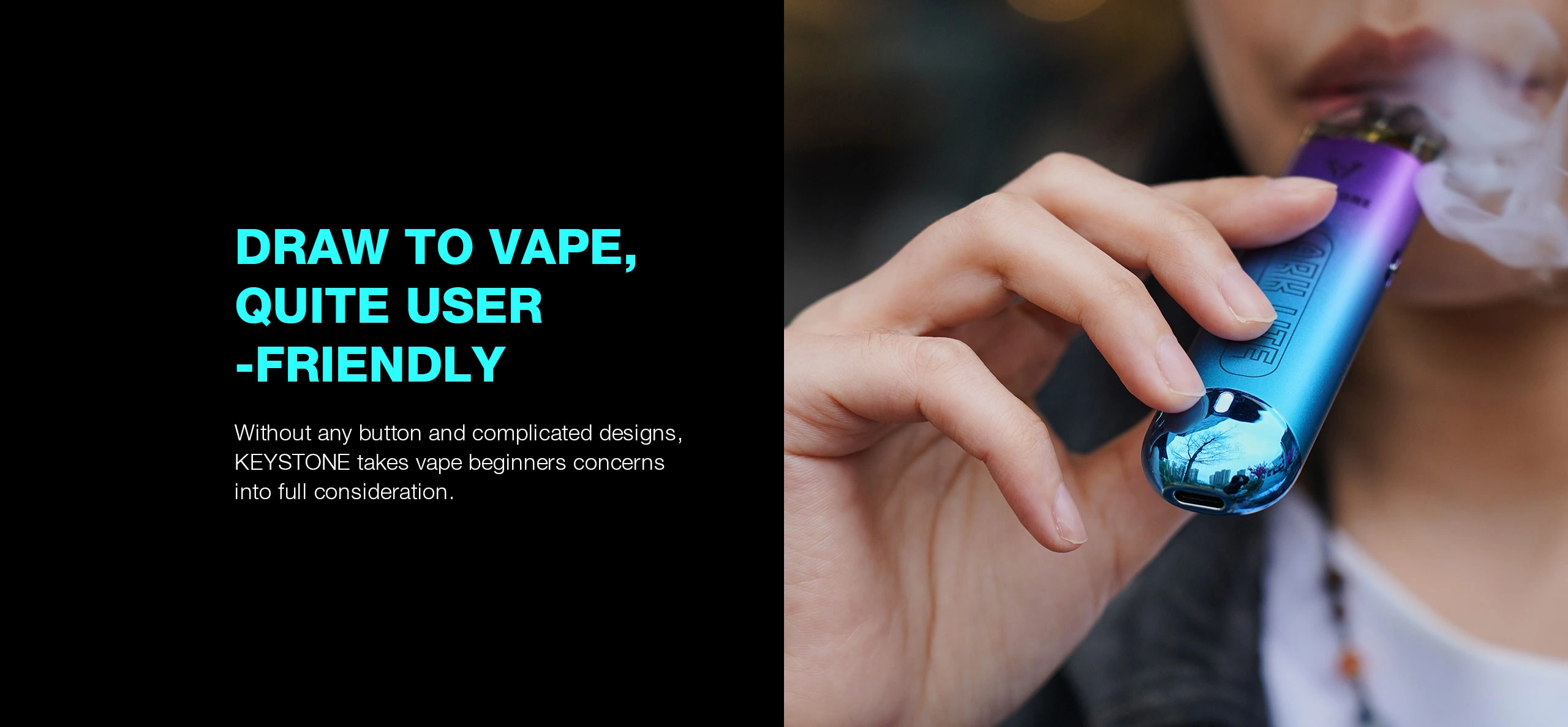The Truth About Vaping: Health Risks of E-Cigarettes and Fruit Flavored Vape Products
Introduction: The Growing Concerns About Vape Health Impacts
As vape, vapor, and e-cigarette products continue to gain popularity worldwide—especially enticing fruit flavored vape varieties—major health organizations are raising alarms about their potential dangers. While these products have been marketed as safer alternatives to traditional cigarettes, emerging research paints a concerning picture about their impact on lung health and overall wellbeing. This in-depth examination reveals what science currently tells us about the risks of vaping, with particular attention to those attractive fruit flavored vape products that have captured the market.
What Science Says: Major Studies on Vaping Health Effects
1. The 2018 National Academies Report (Review of 800+ Studies)
In January 2018, the National Academies of Sciences, Engineering, and Medicine released a landmark consensus study that analyzed over 800 different research projects on e-cigarette use. Their findings were clear:
- Vape products contain and emit numerous potentially toxic substances
- Moderate evidence shows increased risk of coughing, wheezing, and asthma exacerbations in adolescent vapor users
- Strong evidence that e-cigarette use increases airborne concentrations of particulate matter and nicotine
2. University of North Carolina’s Groundbreaking Research
A pivotal study from UNC Chapel Hill discovered that:
- The two primary vape liquid components (propylene glycol and vegetable glycerin) demonstrate cellular toxicity
- Toxicity levels increase with additional flavoring chemicals in fruit flavored vape products
- Even short-term exposure can impair lung macrophage function
Table: Toxic Chemicals Found in Vape Aerosols
| Chemical | Health Risk | Common In |
|---|---|---|
| Formaldehyde | Carcinogen | All e-cigarette vapor |
| Acrolein | COPD risk | Overheated vape liquids |
| Diacetyl | Bronchiolitis | Buttery/creamy flavors |
| Heavy Metals | Lung/Heart damage | Low-quality devices |
The Dangerous Chemistry of Fruit Flavored Vapes
1. Why Flavorings Increase Health Risks
Those appealing fruit flavored vape products contain additional compounds that research suggests may be particularly harmful:
- Citrus flavors: Contain limonene (linked to respiratory irritation)
- Berry blends: Often have higher concentrations of benzaldehyde
- Tropical mixes: May include potentially hazardous esters
2. The Temperature Factor
When vapor devices heat these flavorings to aerosolization temperatures (typically 200-300°C), they can break down into:
- Reactive carbonyl compounds
- Free radicals
- Ultrafine particles that penetrate deep into lung tissue
The U.S. Surgeon General’s 2016 report warned that secondhand e-cigarette emissions contain:
- Nicotine (addictive and harmful to developing brains)
- Ultrafine particles (penetrate deep into lungs)
- Flavoring chemicals like diacetyl (linked to “popcorn lung”)
- Volatile organic compounds (VOCs) including benzene
- Heavy metals (nickel, tin, and lead)
This is particularly concerning in:
- Indoor public spaces
- Homes with children
- Workplaces allowing vape use
Youth Vaping Epidemic and Fruit Flavored Appeal
1. Alarming Statistics
- 85% of young e-cigarette users report choosing fruit flavored vape products
- Teens who vape are 3x more likely to start smoking cigarettes
- 2022 NYTS data shows 2.5 million U.S. middle/high school students currently vaping
2. Why Flavors Hook Young Users
- Sweet tastes lower perception of harm
- Cooling sensations mask throat irritation
- Social media trends promote flavor experimentation
FDA Stance and Smoking Cessation Reality
Contrary to popular belief and some marketing claims:
- No vape product has been FDA-approved as a smoking cessation device
- The FDA has not found any e-cigarette to be “safe and effective” for quitting smoking
- Proven methods include:
- FDA-approved medications (like varenicline)
- Behavioral counseling
- Nicotine replacement therapies (patches, gum)
“1-800-QUIT-NOW” remains the gold standard for cessation support
Protecting Your Lung Health: Alternatives to Vaping
For those considering vape products to quit smoking, these FDA-approved methods are safer:
- Nicotine replacement therapies
- Patches
- Lozenges
- Gum
- Prescription medications
- Bupropion (Zyban)
- Varenicline (Chantix)
- Behavioral support
- Smoking cessation programs
- Cognitive behavioral therapy
- Support groups
The Future of Vape Regulation
1. Current FDA Actions
- Ongoing Premarket Tobacco Product Application (PMTA) reviews
- Enforcement against unauthorized flavored products
- Increased age verification requirements
2. Pending Legislation
- Potential flavor bans (following EU models)
- Stricter marketing limitations
- Higher taxation similar to tobacco products
Conclusion: Making Informed Choices About Vaping
While vape, vapor, and e-cigarette products—especially those tempting fruit flavored vape varieties—may appear harmless or even beneficial compared to smoking, the scientific evidence reveals significant health concerns. From toxic chemical exposure to increased respiratory symptoms and uncertain long-term effects, these products carry demonstrated risks that consumers should carefully consider.
For smokers seeking alternatives, FDA-approved cessation methods remain the safest choice. And for non-smokers—especially youth—the appealing flavors and high-tech designs of modern e-cigarette products shouldn’t obscure their potential dangers to developing lungs and overall health.
As research continues to evolve, one fact remains clear: the inhalation of any foreign substance carries inherent risks, and the attractive packaging of fruit flavored vape products doesn’t change their fundamental chemistry or biological impacts.
Key Takeaways:
- Vaping exposes users to numerous toxic chemicals
- Fruit flavors may increase health risks
- No e-cigarette is FDA-approved for smoking cessation
- Secondhand vapor contains harmful substances
- Youth are particularly vulnerable to flavor marketing
- Proven quit methods don’t involve vaping
For the latest research updates on vape health impacts, consult reputable sources like the CDC, FDA, and American Lung Association.
Discover more from Ameca-mall
Subscribe to get the latest posts sent to your email.

